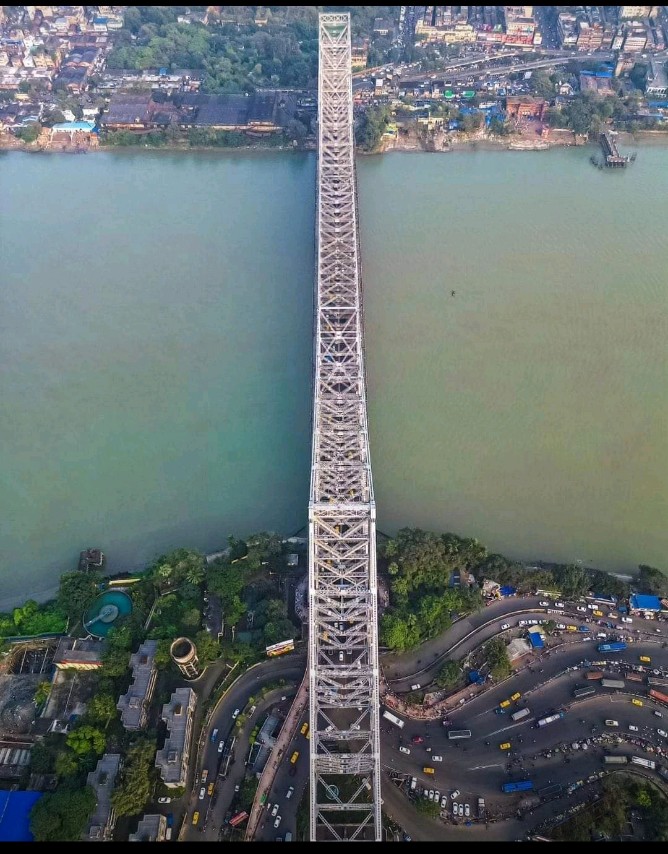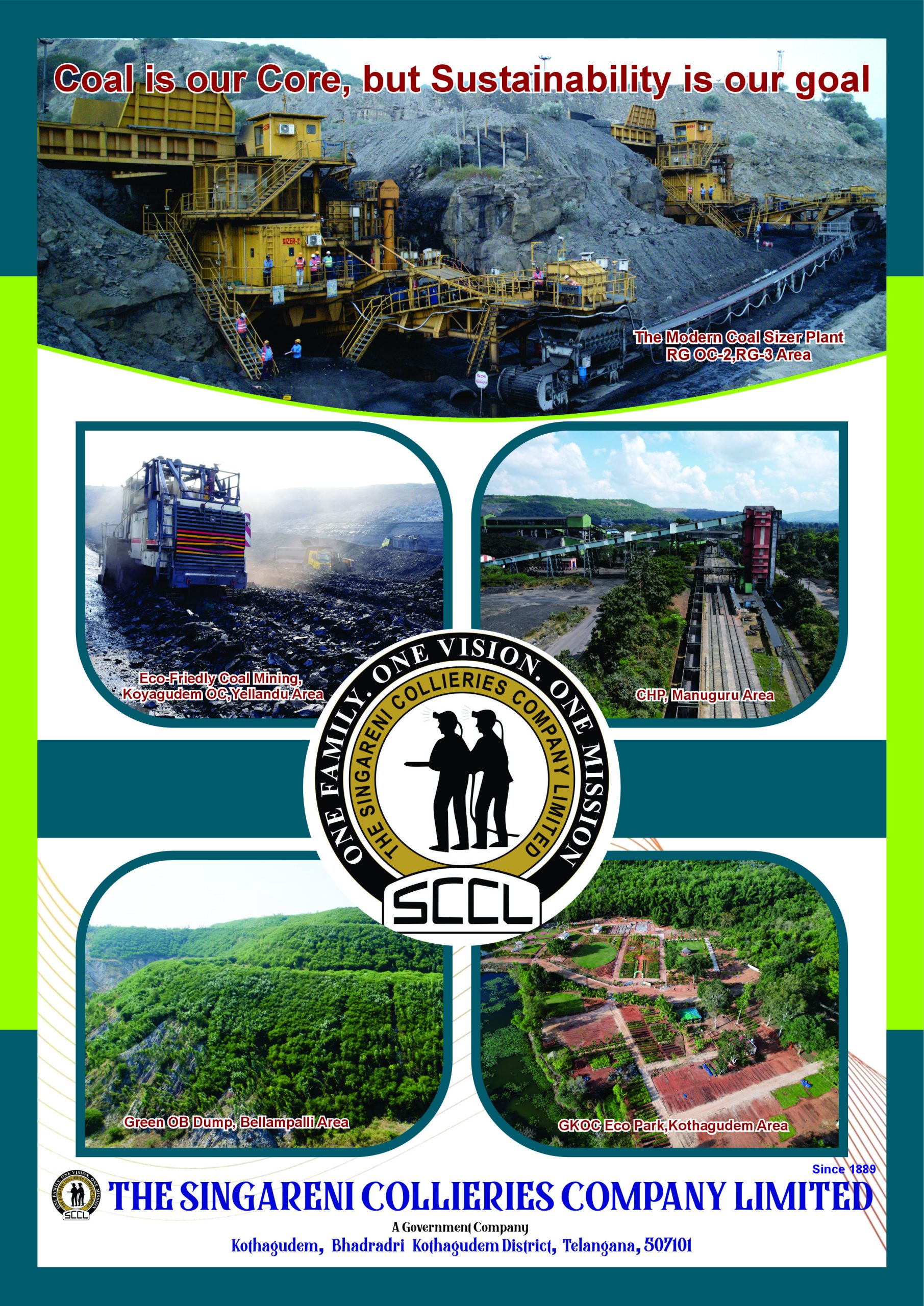
Engineering Marvel: The Howrah Bridge
Completed in 1942, the Howrah Bridge stands as an engineering wonder and a testament to early 20th-century ingenuity. This steel tied cantilever bridge was designed during an era devoid of calculators and computers, yet it remains an excellent example of structural optimization and steel economy.
Partha P. Chakrabarti, an expert in structural design, highlights the importance of considering live loads and safety factors in bridge construction, as dictated by building codes. The key challenge lies in optimizing the structure to minimize dead load. For cantilever bridges, such as the Howrah Bridge, the critical factor is deflection at the cantilever’s end point, which must not exceed one inch. This necessity for stiffness accounts for the bridge’s massive size.

‘Discover the engineering brilliance behind the Howrah Bridge, a 1942 masterpiece designed without modern technology, yet optimized for strength and durability.‘
Despite the technological limitations of its time, the Howrah Bridge’s design was optimal within its constraints. It remains uncertain if modern computational methods have re-evaluated this historic design. The bridge’s construction was a remarkable feat, with cantilevers extending from both banks, meeting precisely in the center.
The Howrah Bridge, also known as Rabindra Setu, spans the Hooghly River, connecting the cities of Howrah and Kolkata (formerly Calcutta). It is one of the busiest bridges in the world, handling a daily traffic of over 100,000 vehicles and innumerable pedestrians. The bridge measures 705 meters in length and 30 meters in width, with a central span of 457 meters, making it the sixth-longest cantilever bridge at the time of its construction.

The bridge’s history dates back to 1874, when a pontoon bridge was constructed at the same location. By the early 20th century, increased traffic necessitated a more robust structure. The final design was prepared by the renowned engineer Rendel, Palmer & Tritton, and the construction was undertaken by the Braithwaite, Burn & Jessop Construction Company. Notably, the bridge was built without the use of nuts and bolts; it was entirely riveted.
The construction of the Howrah Bridge involved 26,500 tons of high-tensile steel, supplied by Tata Steel, a prominent Indian steel manufacturer. Its unique cantilever design, which eliminates the need for support piers in the river, was a significant engineering achievement, allowing uninterrupted passage for ships below.

Throughout its history, the Howrah Bridge has withstood numerous challenges, including natural calamities and the increasing load of urban traffic. It has become an iconic symbol of Kolkata’s heritage and resilience.
Accompanying this article is a stunning drone shot of the Howrah Bridge, shared by Umesh, showcasing its grandeur and engineering brilliance. This image captures the bridge’s imposing presence and intricate design, reminding us of the remarkable human endeavor that made such a structure possible.



